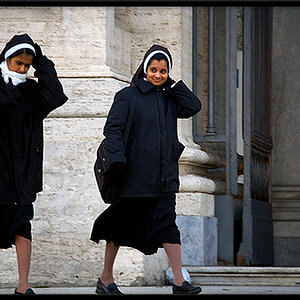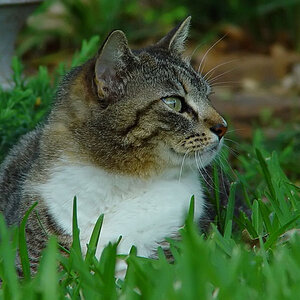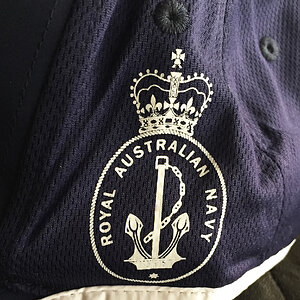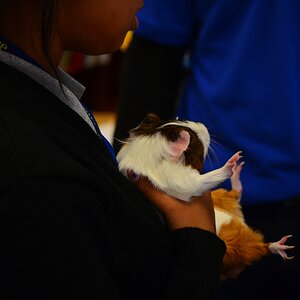I am interested in doing model shoots where there is a lot of action and interaction with the environment. So as we all know flash duration has to be very low. What does that really mean? How low does it have to be to effectively do active model shoots?
Also, Alien Bees flash duration is listed as[SIZE=-1] 1/3300 sec. at full power and [/SIZE][SIZE=-1]1/1650 sec. at 1/32 power. Whereas Elinchrom 500 Ri flash duration is listed as 1/1558. Does this mean that Alien Bees are actually faster than Elinchrom? I should point out that the watts/sec are different on the two lights.
Any help that anyone can provide is extremely helpful.
Bobby
[/SIZE]
Also, Alien Bees flash duration is listed as[SIZE=-1] 1/3300 sec. at full power and [/SIZE][SIZE=-1]1/1650 sec. at 1/32 power. Whereas Elinchrom 500 Ri flash duration is listed as 1/1558. Does this mean that Alien Bees are actually faster than Elinchrom? I should point out that the watts/sec are different on the two lights.
Any help that anyone can provide is extremely helpful.
Bobby
[/SIZE]
[SIZE=-1]
[/SIZE]
[/SIZE]


![[No title]](/data/xfmg/thumbnail/40/40291-922170cc27b31d44c3f7f3db9ac1d006.jpg?1619739409)
![[No title]](/data/xfmg/thumbnail/33/33359-a5cf76b8e843e82b3831650af6dfa6b3.jpg?1619735923)

![[No title]](/data/xfmg/thumbnail/32/32003-70dfe149c27224e28ba98e975984e01e.jpg?1619735147)
![[No title]](/data/xfmg/thumbnail/34/34115-73b827c6a6db1413dcead11e4caaae69.jpg?1619736285)
![[No title]](/data/xfmg/thumbnail/31/31094-f975d7e61424996edc28cec3b9dd70a8.jpg?1619734611)
![[No title]](/data/xfmg/thumbnail/40/40290-c6963a3e1b72b7543d1633356ec3fc9c.jpg?1619739409)

![[No title]](/data/xfmg/thumbnail/35/35668-5ed46d3abc5acbedc69d68e0c3a2173a.jpg?1619737090)


